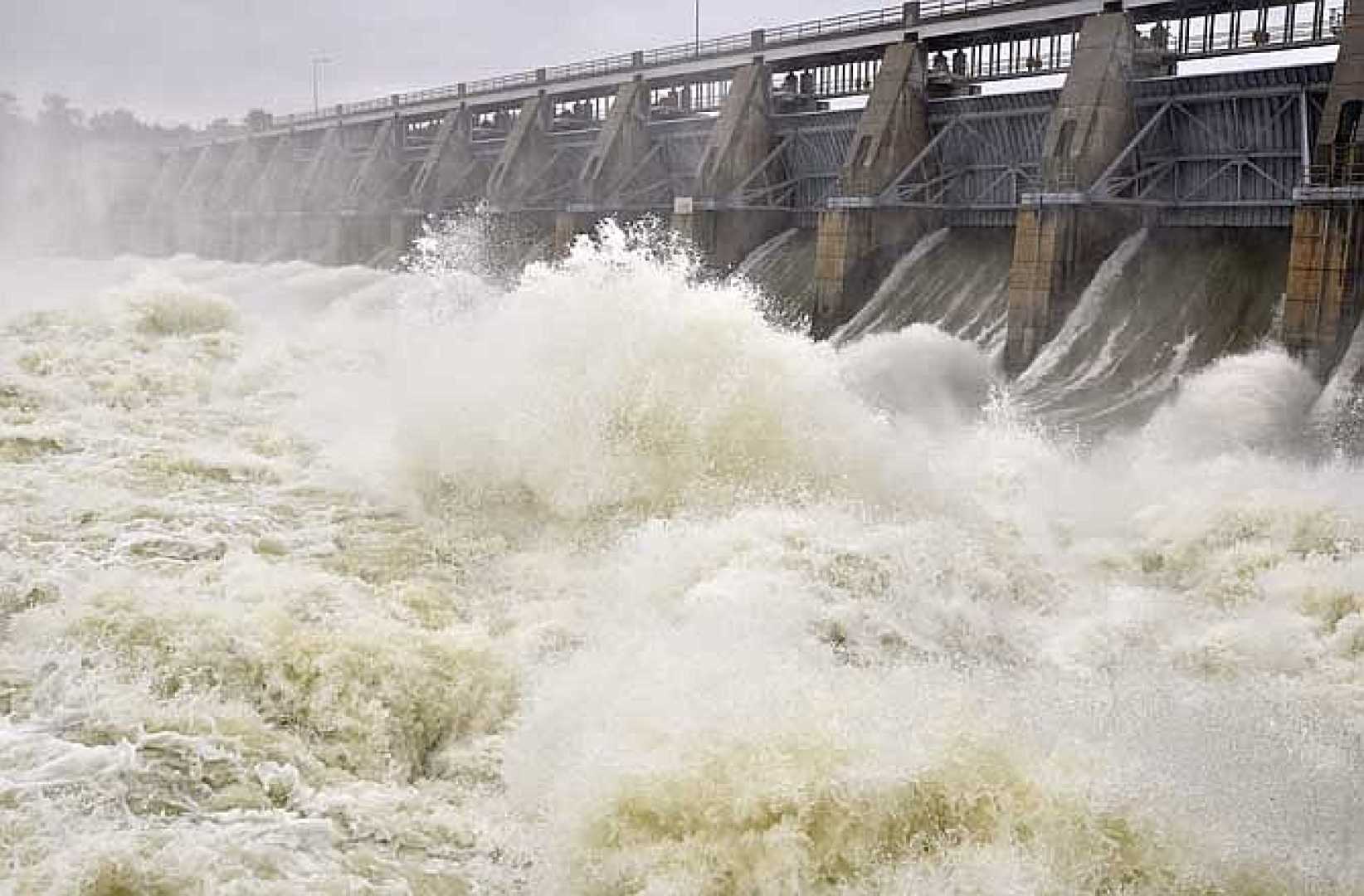News
Gavins Point Dam Boosts River Support Amid Drought Conditions

YANKTON, S.D. — The U.S. Army Corps of Engineers (USACE) announced Thursday that it will increase releases from Gavins Point Dam to enhance flow support for downstream navigation on the Missouri River, as runoff levels into the basin remain below average.
The increase in flow is crucial for navigation, as the first half of the 2025 season, starting on April 1 near St. Louis, is projected to operate at approximately 4,500 cubic feet per second (cfs) below full service. Currently, Gavins Point releases are set at 12,000 cfs and will remain at that level through the upcoming week.
“Support flows are expected to reach the mouth of the river near St. Louis by April 1 and will be adjusted as needed to meet the downstream target,” said Mike Swenson, the power production team lead for USACE Missouri River Basin Water Management, during the department’s monthly media call.
The navigation service level depends on the system storage level checked on March 15, with Swenson noting, “It’s likely that flow support for the first part of navigation will be 4,000 to 4,500 cfs below full service.” This service level typically requires Gavins Point’s monthly average releases to range from approximately 25,000 to 37,000 cfs.
On that note, USACE expects the release rate to increase to about 27,000 cfs from Gavins Point Dam shortly.
Swenson also indicated that the flow support for the latter half of the navigation season will depend on the system storage measured on July 1.
Amid these efforts, Doug Kluck, a climatologist with the National Oceanic and Atmospheric Administration (NOAA), expressed concerns about drought across the Missouri Basin. “This year, 62% of the basin is experiencing D1-D4 drought conditions, compared to just 28% last year,” Kluck stated. “The high plains, Central High Plains, and Southern High Plains are particularly at risk during March through May.”
According to Kluck, a weak La Niña weather pattern is likely to exacerbate dry conditions, persisting through March before shifting to neutral conditions in spring and summer. He said, “With La Niñas, there’s a tendency for dry weather, especially in spring across the high plains.”
Benjamin Sipprell, a hydrologist for the Missouri Basin River Forecast Center, commented on the current snowpack and its implications. “Mountain snowpack is near average, but snow across the plains is depleted, leading to poor soil moisture conditions in much of the basin,” he remarked, cautioning that some flooding has occurred since last month despite prevalent dry conditions.
The latest river outlook shows a greater than 50% chance of flooding in areas of eastern Kansas and Missouri, where soils have been wetter. Sipprell noted that this risk hinges significantly on the timing and location of additional snowmelt and rainfall.












